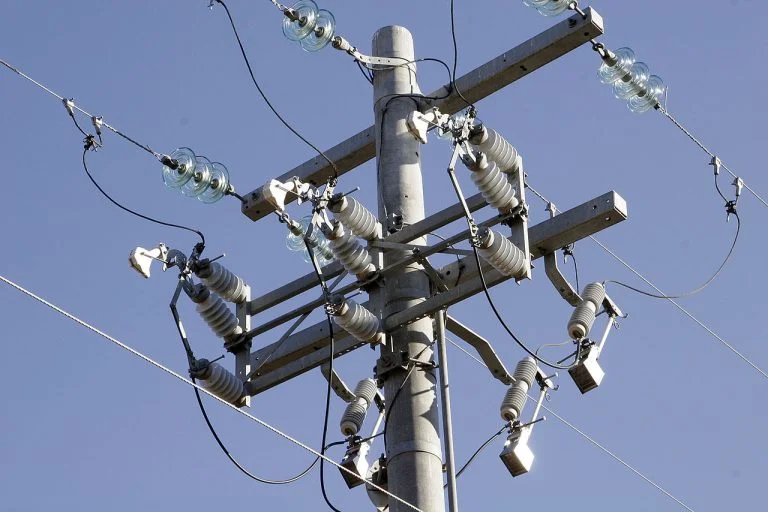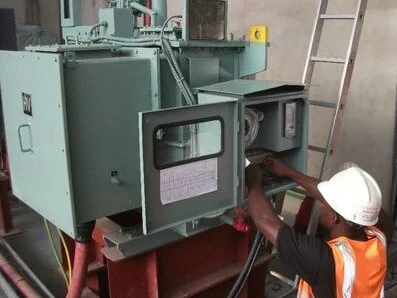
You should also be aware of the NEC’s rules on industrial controls, which govern the implementation of control circuits for motor control, instrumentation signals, and plant shutdown schemes in industrial facilities.
Additionally, familiarity with UL standards will ensure product safety. These include standards such as the ground wire always being green, AC hot/live wire always being black, and AC neutral always being white.
Check for an NEC or UL stamp when purchasing wire, as any wire that’s uncertified or unclassified may be using less conductive metals. Also, the Canadian CSA Group (CSA) also certifies wiring, so be sure to look for the CSA-US stamp to meet US standards as well.
There is no such thing as two-phase power, and single-phase power is commonly referred to as “split-phase.” Don’t get confused!
The key difference between industrial or commercial wiring and residential wiring is contingent upon single phase vs. three phase electrical wiring. Each of these wire types receives a unique voltage, and power is supplied by a different wire setup in each. Single phase wiring consists of two hot wires, a neutral wire, and a ground wire while three phase wiring generally uses three hot wires, a neutral wire, and a ground wire.
Other considerations include wire size and bend radius.
Industrial wiring is generally designed for a system with three phase electrical power. On the other hand, single phase electrical power is commonly employed for residential purposes.

